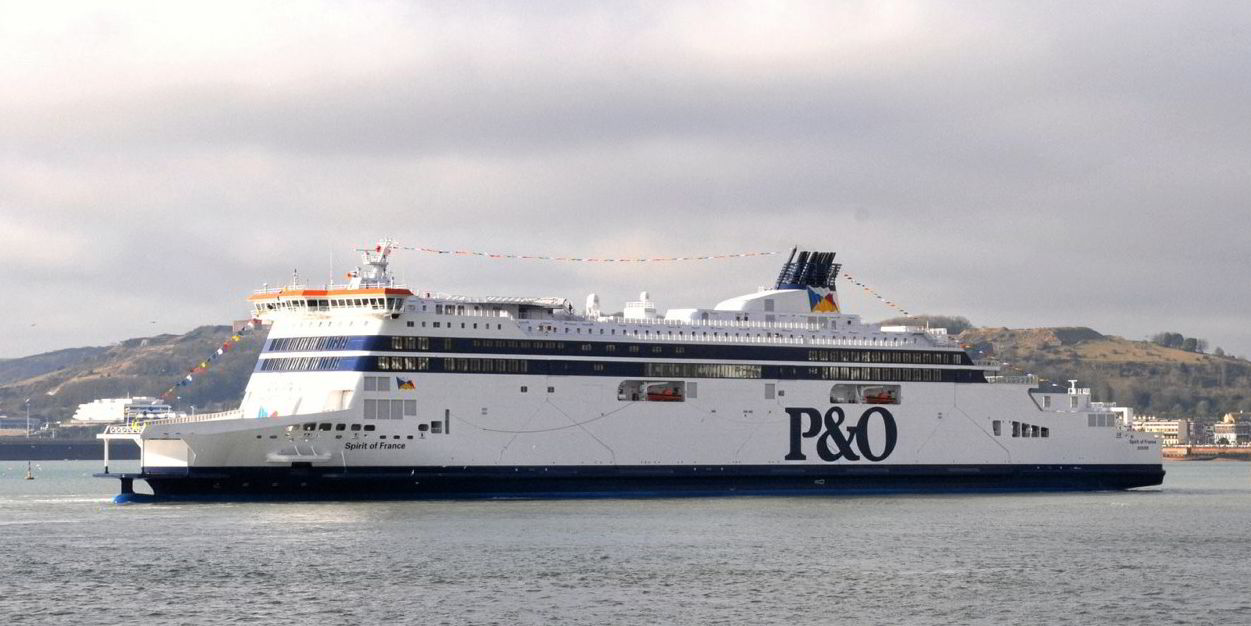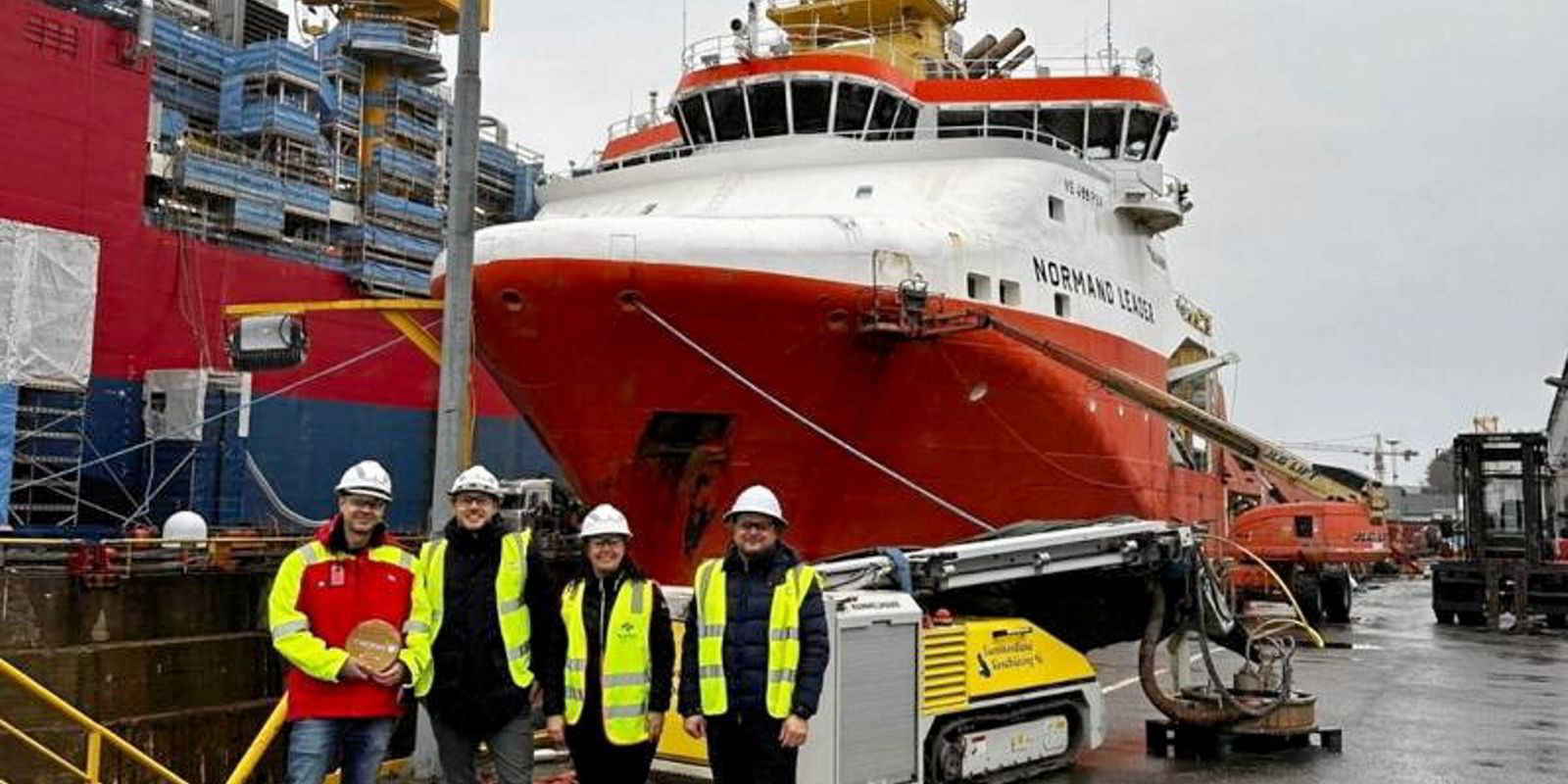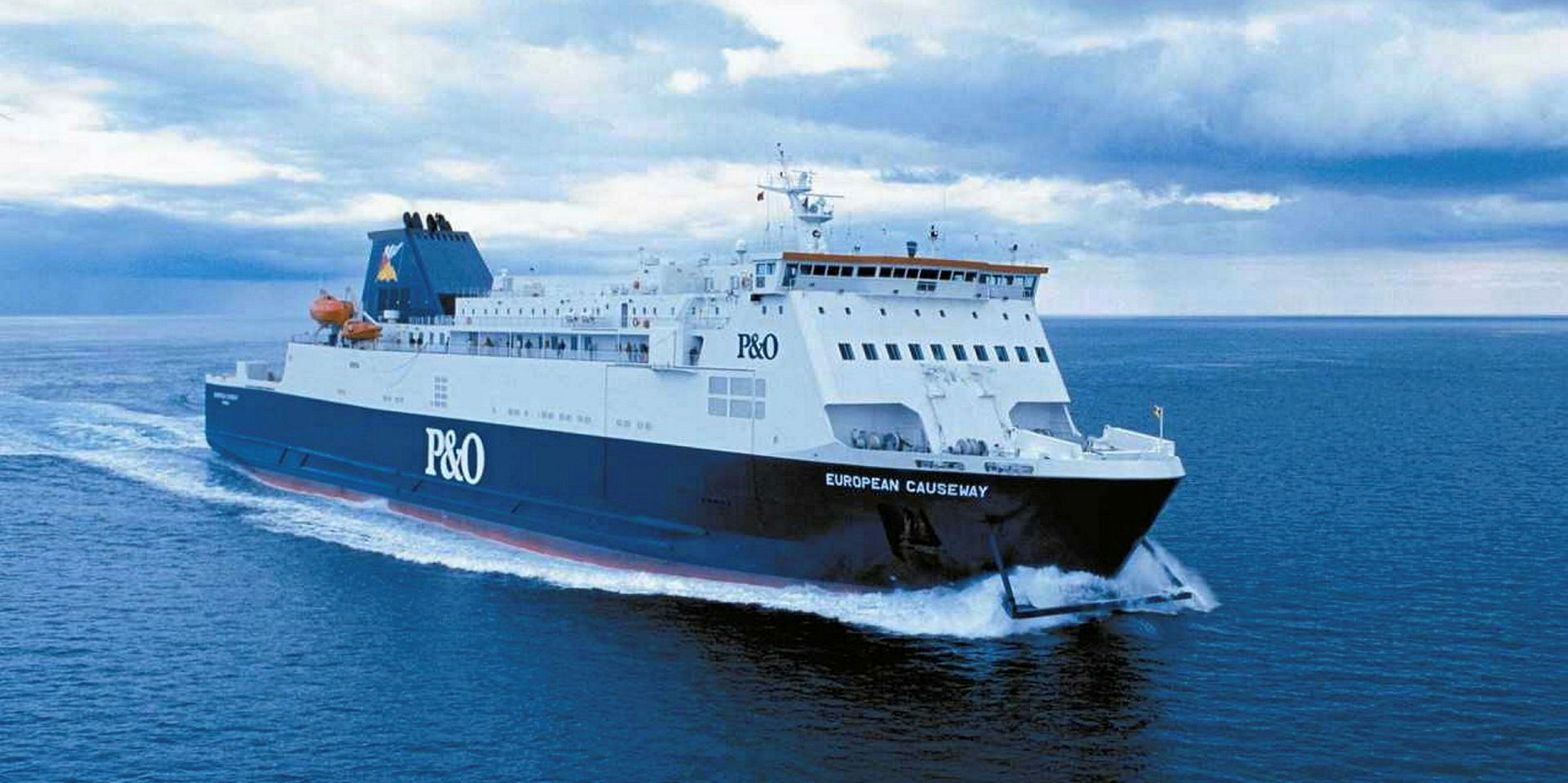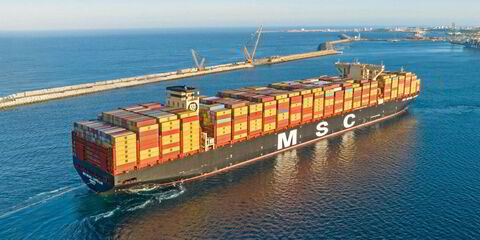A combination of reduced sailings, retrofits and a tie-up with competitor DFDS helped P&O Ferries cut its carbon footprint by 9% last year.
The UK ferry operator said it reduced last year’s carbon footprint by 85,000 tonnes and is hopeful of making further reductions in 2023.
P&O Ferries chief executive Peter Hebblethwaite said the lion’s share of last year’s reductions was attributable to a space charter agreement signed with DFDS 18 months ago.
Under the tie-up, the two companies make freight space on their Dover-Calais ships available to one another to maintain customer service levels on the route and ensure its continued resilience.
“I am delighted that we have made outstanding progress in reducing our carbon footprint in 2022 and can promise that we shall do everything we can to eliminate another 40,000 tons from our operation in the next three years,” Hebblethwaite added.
The space charter agreement with DFDS will see P&O Ferries will sail 9,000 times on the English Channel in 2023, down from 16,000 times in 2019, the last comparable year.
The agreement also reduces the time drivers spend waiting at the ports, giving them access to a departure every 36 minutes and reducing gate-to-gate journey times by an estimated 30 minutes.
P&O Ferries said other efficiency measures which reduced carbon emissions in 2022 included the fitting of new propellers on an Irish Sea ship, which saved 7% of carbon emissions, and changes to the Larne-Cairnryan timetable, which led to 370 fewer sailings in the year and a 3.6% carbon reduction.
The shipowner said future sustainability initiatives include a hull painting programme and replacing propellers on other ships.
This year P&O Ferries will take delivery of two new super-ferries, which are expected to cut fuel use by 40% through a combination of fuel and battery propulsion.
The company describes the 230-metre vessels as “the most sustainable ships ever to sail on the English Channel”.
P&O Ferries describes itself as a “leading pan-European ferry and logistics group” with sailings on eight major routes between Britain, France, Northern Ireland, the Republic of Ireland, the Netherlands and Belgium.





